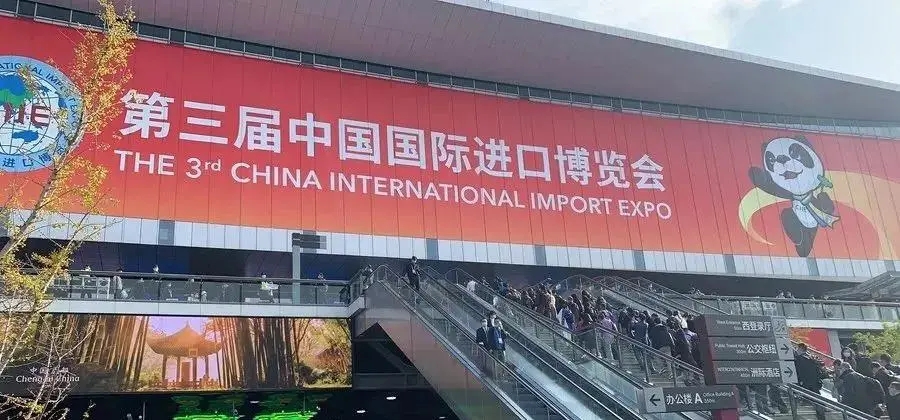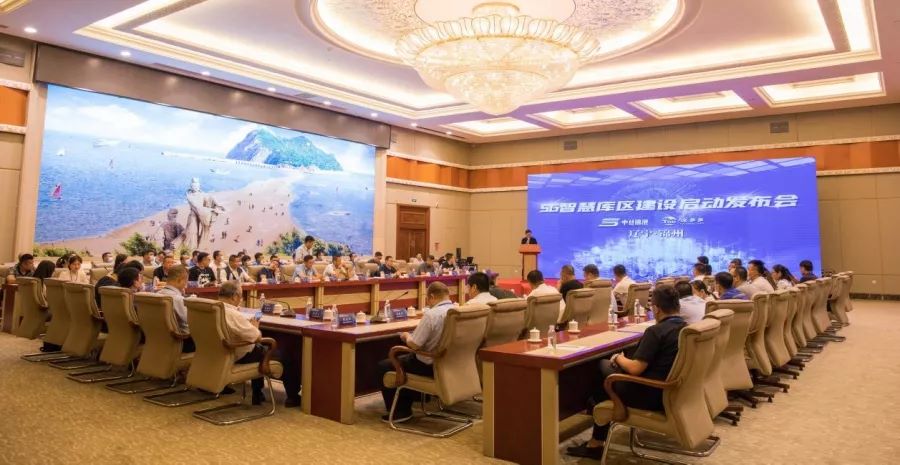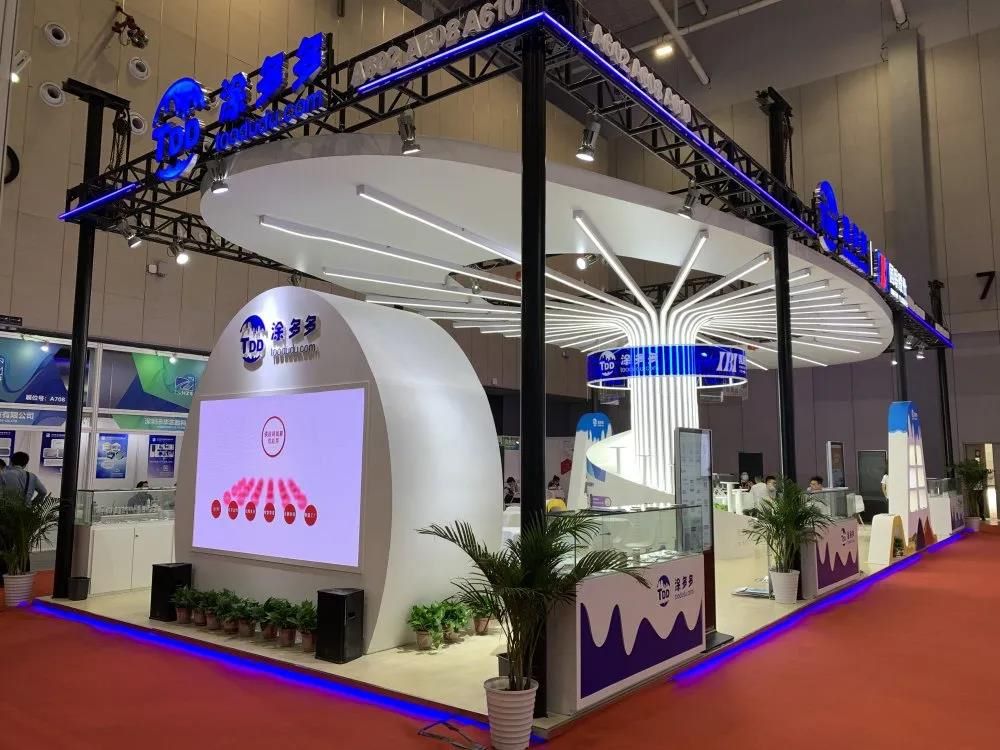Tire Size Race: Performance & Profit
In the past five years, large size has become the focus of global tire companies, and each company has kept a close eye on its sales share. But what is large size? What benefits does it bring to the industry?
Chinese tire companies focus on 17 inches, and foreign tire companies focus on 19 inches
In 2024, some Chinese tire companies said that the proportion of 17-inch and above semi-steel tires in their overseas factories will exceed 60%.
In 2025, some Chinese tire companies also said that their latest product structure will be dominated by large-size high-performance passenger car and light truck tire products with wheel sizes of 17 inches and above, and the maximum tire size can reach the world's leading 32 inches. Hankook is a typical Asian tire company that attaches importance to "large-size sales share".
In the first quarter of 2025, Hankook's sales of 18-inch and above tires accounted for 47.1%, an increase of 0.3 percentage points from the same period in 2024. Hankook Tire's sales of large-size tires in China even reached 64.7%. Pirelli will upgrade the concept of large-size high-value tires to 19 inches and above in 2024, which also means that the sales growth of large-size tires mentioned in its 2024 financial report refers to the sales growth of tires larger than 19 inches.
Among them, in the supporting market, Pirelli's 19-inch tire sales increased by 3%; in the replacement market, Pirelli increased by 7%. In the global tire market in 2024, the sales of tires larger than 18 inches increased by 4%, which means that Pirelli's sales of tires larger than 19 inches are better than other companies' 18-inch tires. However, the 4% increase is already amazing. In just 5 years, 17 inches and above seem to have become the mainstream. Really? If it is a new car, there may be such a trend.
SUV, new energy, giving birth to large size
The supporting tire sizes at the 2025 Shanghai Auto Show are mainly concentrated in 18 inches to 21 inches, and the four sizes account for more than 7%; while 20 inches and 21 inches, these two sizes of tires account for more than 50%.
The popularity of SUV models and new energy vehicles has made tires develop towards large-scale from the beginning. This is why tire companies are determined to develop large-size tire production lines after 2021 - even if they can't get the matching quota, they have to share a share in the replacement market. However, judging from the matching situation at the Shanghai Auto Show, it will take at least three years for Chinese tire companies to get a share.
At this Shanghai Auto Show, even if the size is expanded to 18 inches to 22 inches, the matching share of Chinese brands does not exceed 7.5%. The leading tire companies participating in the competition include Zhongce, Sailun, Linglong, Wanli, etc. - these Chinese companies can at least share the large-size cake from the source through matching. The law of matching drives retail also allows the large-size tires it produces to have at least a certain sales guarantee.
However, for tire companies with weak matching markets, it seems unwise to learn from foreign capital to develop large sizes. After all, large size is not necessarily equivalent to high value. The so-called large size of foreign capital contains more performance advantages to a large extent.
Large size ≠ high value
Why should foreign capital increase the sales share of tires of 18 inches and above? Because it makes money. Pirelli's profit growth in the first quarter against the trend is precisely due to the increase in the sales share of large-size and high-value tires.
In the first three months of 2025, Pirelli's high-value tire sales accounted for 81% of total revenue (77% in the first quarter of 2024) and achieved a high profit growth of 6.5%.
However, Pirelli tires are not popular in the market because of their large size, but because of their performance value. In fact, real large-size high-performance tires have extremely high standards in terms of speed rating and load index, and have extremely high requirements for handling, braking, comfort, road adaptability, etc., in order to cooperate smoothly with the vehicle and bring the best driving experience.
Rather than saying that the size is larger, it is better to say that tires with higher requirements for added value performance can be called large-size tires. This is why foreign-funded tire companies have achieved profit growth after the proportion of large-size tires has increased, while many domestic tire companies have also deployed large sizes, but their profits have been declining.
The large sizes of many tire companies are just getting bigger, but they still rely on costs to determine the thickness of profits like ordinary tires. Therefore, while Chinese tire companies are imitating foreign-funded companies to develop large-size tires, they should not forget the battlefield of 16-inch and 17-inch tires.
Today, this battlefield has explored more opportunities for cooperation with OEMs, gained more market and OEM recognition, and is slowly moving towards larger sizes.
Especially at a time when emergencies are emerging one after another, prudent investment and maintaining a healthy capital chain are often more important for the healthy development of enterprises.











